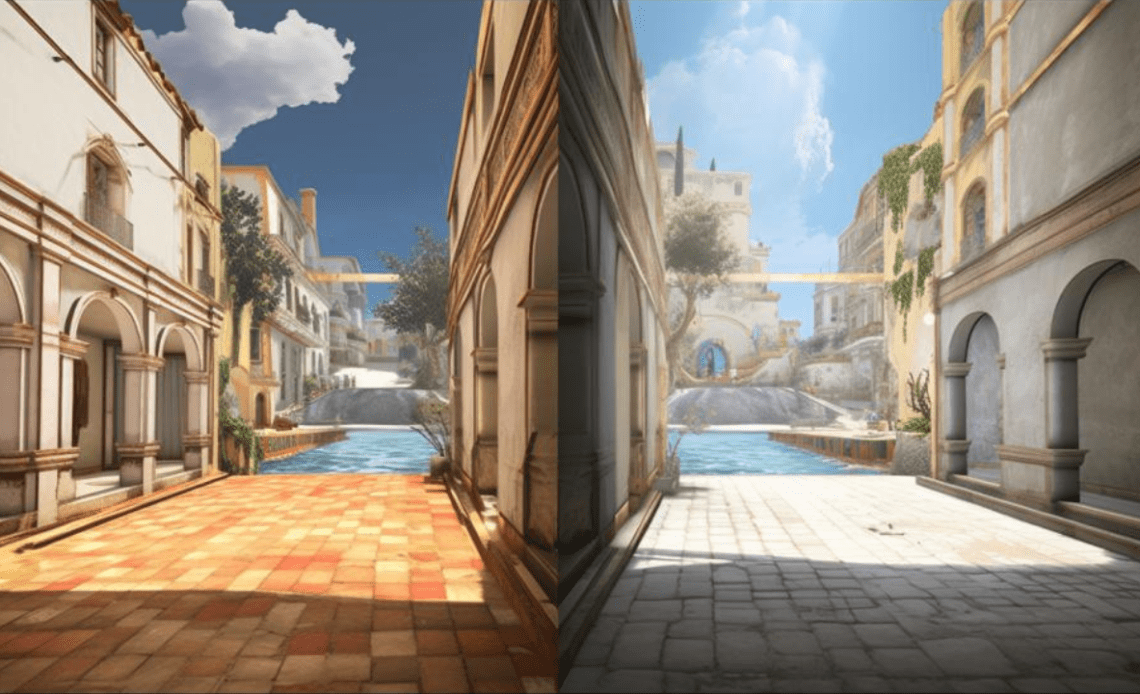Photo was created by Webthat using MidJourney
Unrecord’s Game-Changing Realism Captivates Viewers
Unrecord, an upcoming game by Drama, has captivated millions with its realistic visuals and immersive experience. The game’s unique techniques have sparked debates about the boundary between reality and virtuality, setting a new standard for realism in computer games.
Clever Techniques Enhancing Realism in Games
Piers Harding-Rolls, Head of Games Research at Ampere Analytics, delves into the ingenious techniques used in Unrecord to achieve its lifelike appearance. From the subtle camera movements that mimic real-life footage to the meticulously crafted ambient audio and lighting, every element contributes to the game’s immersive nature.
Balancing Realism and Sensitivity in Game Experiences
While Unrecord’s realism is undeniably impressive, concerns have arisen regarding its potential to evoke discomfort. Some scenes, reminiscent of real-life footage, raise questions about the emotional impact and boundaries of game experiences. Exploring the delicate balance between realism and sensitivity becomes paramount in the pursuit of immersive gaming.
The Limitations of Photorealism in Gaming
A closer analysis of Unrecord’s visual fidelity reveals minor imperfections, reminding us of the challenges involved in achieving true photorealism. Certain objects and character animations still fall short, underscoring the gap between rendering and animation in games. The pursuit of realism necessitates continuous advancements in technology and artistic innovation.
Advancements in Graphics and Rendering for Realistic Game Content
Experts emphasize the importance of advanced 3D modeling and rendering techniques in creating visually stunning and realistic game content.
Innovations such as neural radiance fields and ray-tracing are pushing the boundaries of visual fidelity, lighting effects, and material simulations. These advancements pave the way for more immersive and visually captivating gaming experiences.
Beyond Photorealism: Embracing Artistic Freedom and Technological Support
While photorealism holds its allure, the success of stylized and cartoonish games like Minecraft and Fortnite demonstrates the diverse range of artistic expression in the gaming industry.
Improved lighting effects, material simulations, and graphical enhancements not only enhance realism but also empower artists across different game genres, allowing for increased depth and complexity in visual design. The future of gaming lies in striking a balance between realism and artistic freedom, supported by ever-evolving technological advancements.
CLICK HERE TO READ MORE ON WEBTHAT NEWS


